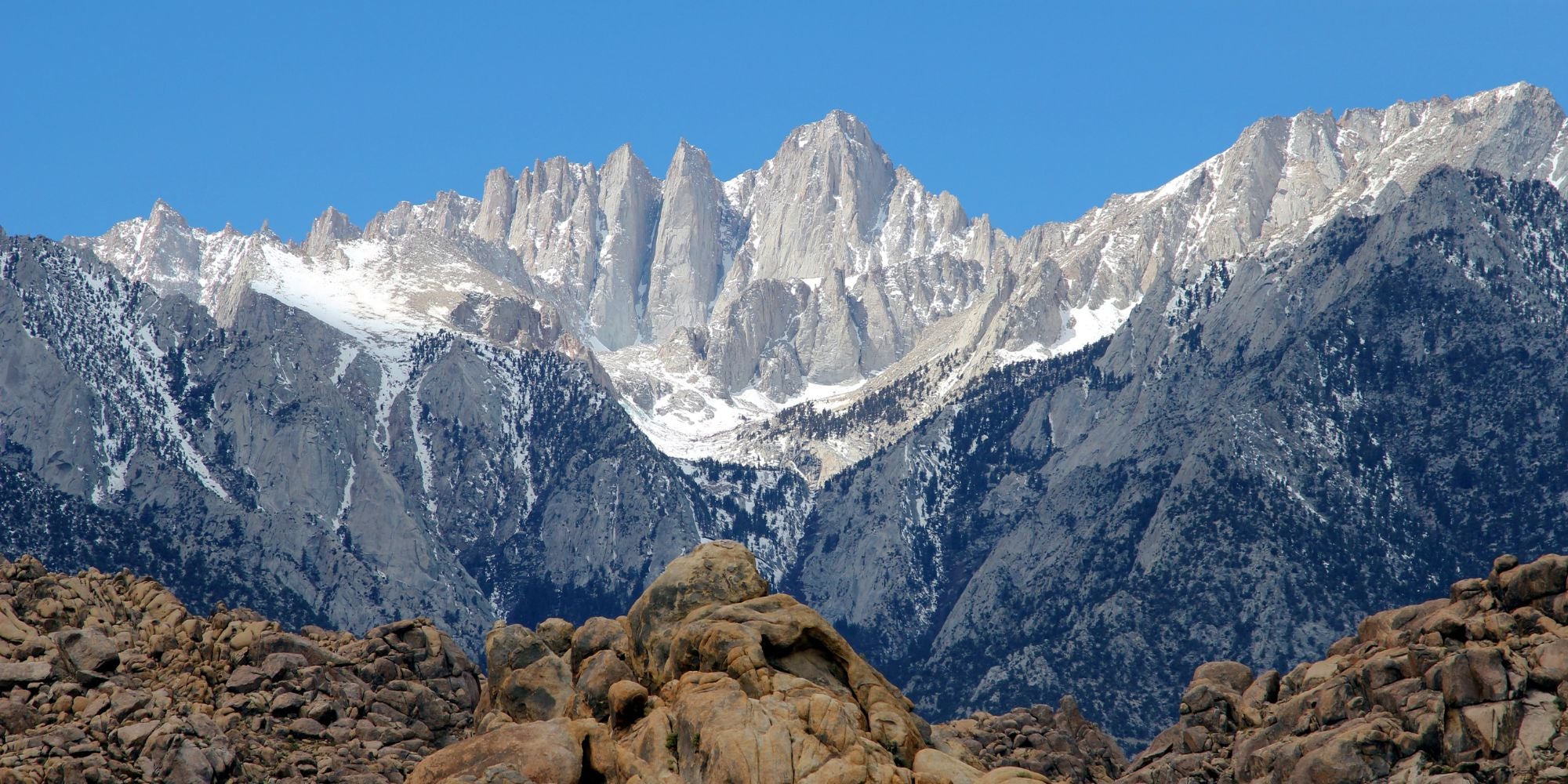
By: Beth Rush
Managing Editor at Body+Mind
You must experience the Pacific Crest Trail if you’re a fan of the great outdoors — at least the section that runs through the Sierra Nevadas. Although not everyone who braves this trek tackles Mt. Whitney, it’s worth a side trip. You’ll find it on the border of Sequoia National Park and Inyo National Forest in Northern California.¹
Those who go will need to plan plenty of extra time — at least several days. You might also have to do a bit of additional prep work, as this mountain bears the distinction of being the highest in the lower 48 states, and scaling it will literally take your breath away.²
However, the view of the night sky alone makes the trip worth it. Plus, you get some groovy bragging rights. Are you ready to plan your itinerary? Here are nine tips to avoid Mt. Whitney altitude sickness.
Many novice climbers think inclement weather is the biggest danger they may encounter in the wild. It’s true that shifting patterns, fueled by climate change, can create dangerous precipitation conditions,³ spurring mudslides and avalanches.³ Pay attention to reports and check with experienced area guides — heed their advice if they recommend rescheduling your excursion.
However, experienced mountaineers understand that altitude sickness may pose as much of a hazard as sleet or hail. Those who dismiss their symptoms and try to push through despite how they feel can die within hours from severe forms like HAPE or HACE.⁴
Even dedicated hikers and climbers can experience altitude sickness on Mt. Whitney. It can strike anyone ascending above 8,000 feet, and this monster tops 14,000. What should you look for?
Symptoms of Mt Whitney altitude sickness can feel like the world’s worst hangover — or some types of migraine. Be alert for the following signs:
Don’t take a risk. Stop at the first sign of such symptoms.
Scores of people attempt to climb Mt. Whitney every year. You’ll need to stop and get a permit when you enter the Mt. Whitney zone. Those entering from the east can do so from the Inyo National Forest, and those coming from the west can visit Sequoia or Kings Canyon National Park.
The most popular route to the summit is 10 miles. However, you may still need to camp out for a few days to let your body adjust to the elevation. There are other trails, including a circuitous 60-mile route that can take a week or more.
If you suspect you have altitude or elevation sickness, please stop. Don’t attempt to go any higher for at least 24 to 48 hours to give your body time to recover and adjust to the lower oxygen levels.⁵
Rest and rehydrate by drinking plenty of water — no alcohol. Chow down on carbs to replenish your body’s stores.
After a day or two, your body should adjust. However, if you don’t improve after 24 hours, descend at least 1,600 feet.
The best treatment for elevation sickness is to avoid it in the first place. Here are nine tips to prevent Mt Whitney altitude sickness naturally.
In conclusion, these 9 tips can help you avoid Mt Whitney altitude sickness ─ including going slow, sleeping low, taking bedtime seriously, eating plenty of carbs, staying super hydrated, avoiding overexertion, avoiding alcohol, supplementing glutathione, and talk to your doctor.

Are you ready to tackle Mt. Whitney? Start planning your itinerary today. Consider taking Zaca with you, these chewables are the perfect supplement to pack for your trek. They’re made with just four active ingredients, including l-glutathione, to help you rehydrate, replenish, and recover. Taking one to two packets a day leading up to your trip and supplementing on your trek can help you boost your performance. Try Zaca Chewable Tablets today and fuel your mountain trip.
SOURCES:
1. Seeing and Climbing Mt. Whitney
https://www.nps.gov/seki/planyourvisit/whitney.htm
2. 7 Reasons Why You Should Climb Mt. Whitney This Winter
https://www.theoutbound.com/alex-e-163524/7-reasons-why-you-should-climb-mt-whitney-this-winter
3. Climate Change’s Impact on Health
https://www.microhealthllc.com/climate-changes-impact-on-health/
4. High altitude pulmonary edema-clinical features, pathophysiology, prevention and treatment
https://www.ncbi.nlm.nih.gov/pmc/articles/PMC3617508/
5. NHS Altitude Sickness
https://www.nhs.uk/conditions/altitude-sickness/
6. How to Get Proper Sleep Hygiene
https://bodymind.com/how-to-get-proper-sleep-hygiene/
7. Why Do You Need to Drink a Lot of Water at a High Altitude?
https://www.livestrong.com/article/435265-why-do-you-need-to-drink-a-lot-of-water-at-a-high-altitude/
8. Effect of high altitude (7,620 m) exposure on glutathione and related metabolism in rats
https://www.researchgate.net/publication/12014787_Effect_of_high_altitude_7620_m_exposure_on_glutathione_and_related_metabolism_in_rats
Copy the coupon code & use it at checkout